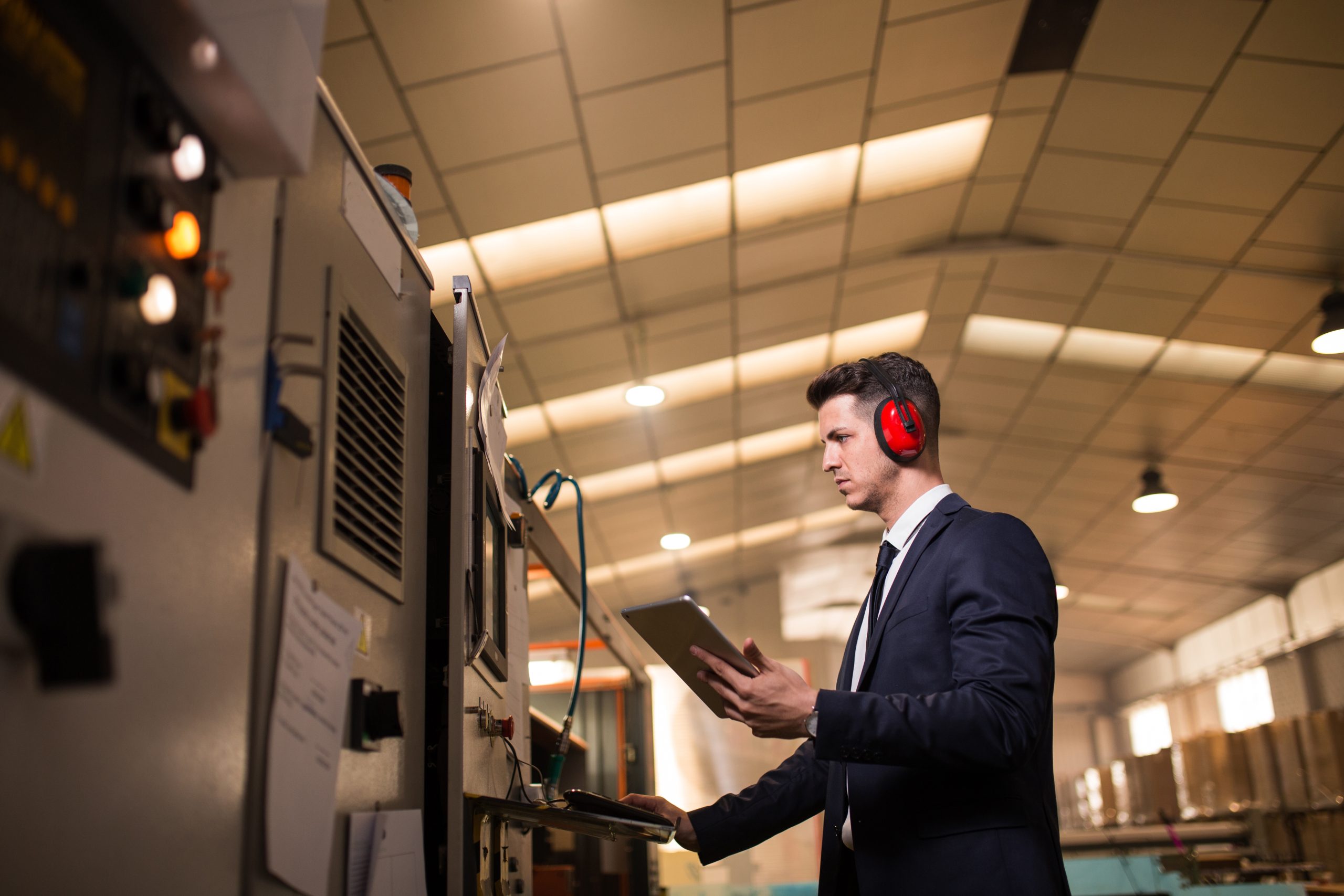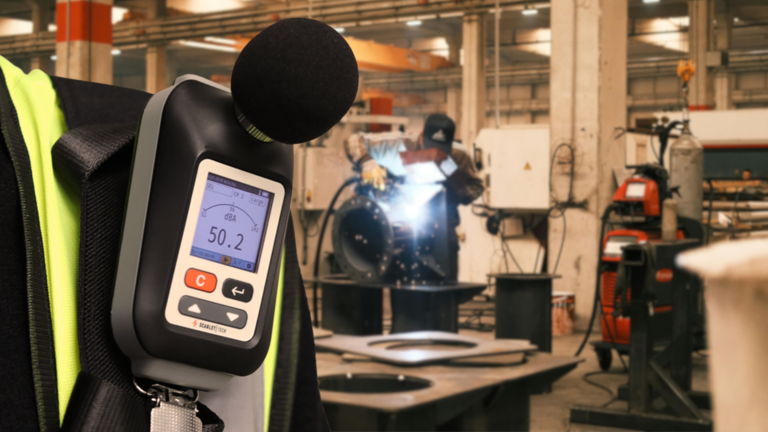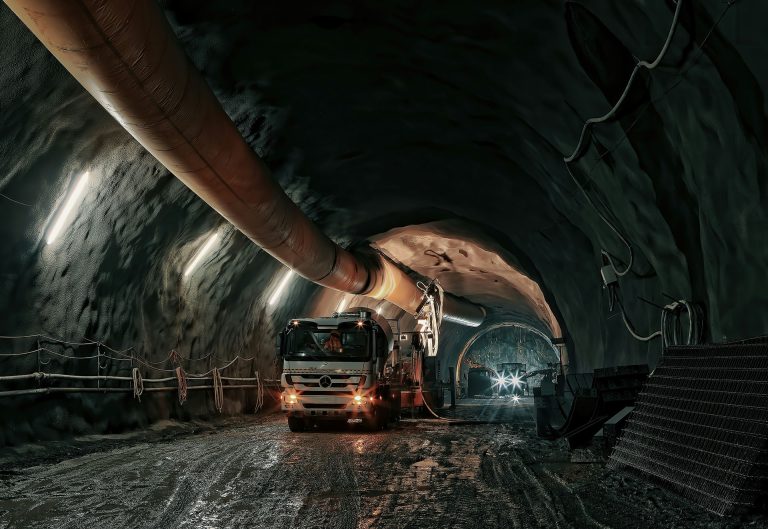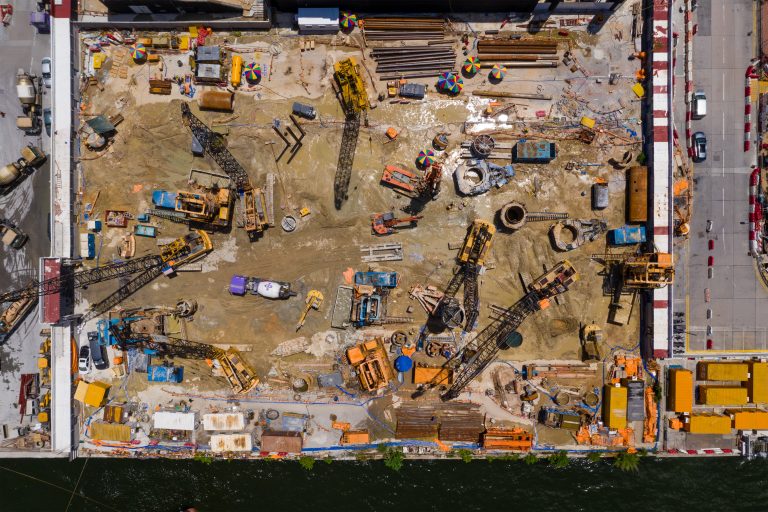Why Understanding Noise Standards Matters
Knowing the numbers keeps ears safe: OSHA’s rule lets you work eight hours at 90 dBA while NIOSH says to cap that shift at 85 dBA, a gap that doubles risk if you pick the wrong one. That tiny-looking five-decibel difference matters to the 22 million U.S. workers who face hazardous noise each year. When crews understand these limits, they swap in quieter gear, rotate tasks, and wear protection before the slow, irreversible creep of noise-induced hearing loss sets in. Remember, clear standards turn invisible sound into simple daily choices everyone can act on.
Along these lines, the article explores the key differences in how NIOSH vs. OSHA noise standards define exposure limitations, enforcement mechanisms, and safety strategies.
Agency Roles and Missions
OSHA: Enforcing Legal Limits
OSHA (Occupational Safety and Health Administration) is a regulatory body authorized by Congress to create and enforce workplace noise rules. It inspects facilities, issues citations, and levies penalties when employers fail to comply with its standards. In practice, OSHA sets the mandatory legal baseline for workplace safety, making it the authority that ensures organizations meet at least the minimum protections.
NIOSH: Research-Driven Guidance
NIOSH (National Institute for Occupational Safety and Health), part of the CDC, operates as a research agency rather than an enforcement body. Its mission is to study occupational hazards, advance scientific knowledge, and publish recommendations that help prevent hearing loss. Although its guidelines are advisory, NIOSH’s research pushes industries toward safer practices and often influences future regulatory updates.
Where the Standards Meet
Employers must comply with OSHA’s legal requirements to avoid penalties, but many also adopt NIOSH’s recommendations to further reduce risks, protect workers’ long-term health, and stay ahead of regulatory changes. In practice, OSHA provides the legal minimum, while NIOSH points to a higher benchmark of prevention. Together, they form a framework that balances compliance with proactive safety.
Noise Exposure Limits and Exchange Rates
OSHA Permissible Exposure Limit (PEL) and The 5-dB Exchange
The NIOSH vs. OSHA noise discussion starts with OSHA’s baseline. OSHA sets its permissible exposure limit at 90 dBA averaged across an eight-hour shift. It applies a 5-dB exchange rate, so every 5-dB rise halves the safe time. That works out to roughly two hours at 100 dBA.
NIOSH Permissible Exposure Limit (PEL) and The 3-dB Exchange
NIOSH takes a stricter view. Its recommended exposure limit is 85 dBA for the same eight-hour period. The agency uses a 3-dB exchange rule that mirrors the doubling of sound energy. That leaves only 15 minutes at 100 dBA, underscoring the gap in NIOSH vs. OSHA noise guidance.
Comparing Limits at 100 dBA
At 100 dBA, the limits look very different in practice. OSHA still permits about two hours, but NIOSH advises stopping at 15 minutes—an eight-fold reduction. Many employers now follow the tighter target because newer data link even brief peaks to long-term hearing loss.
Enforcement, Hearing Conservation, and Definitions
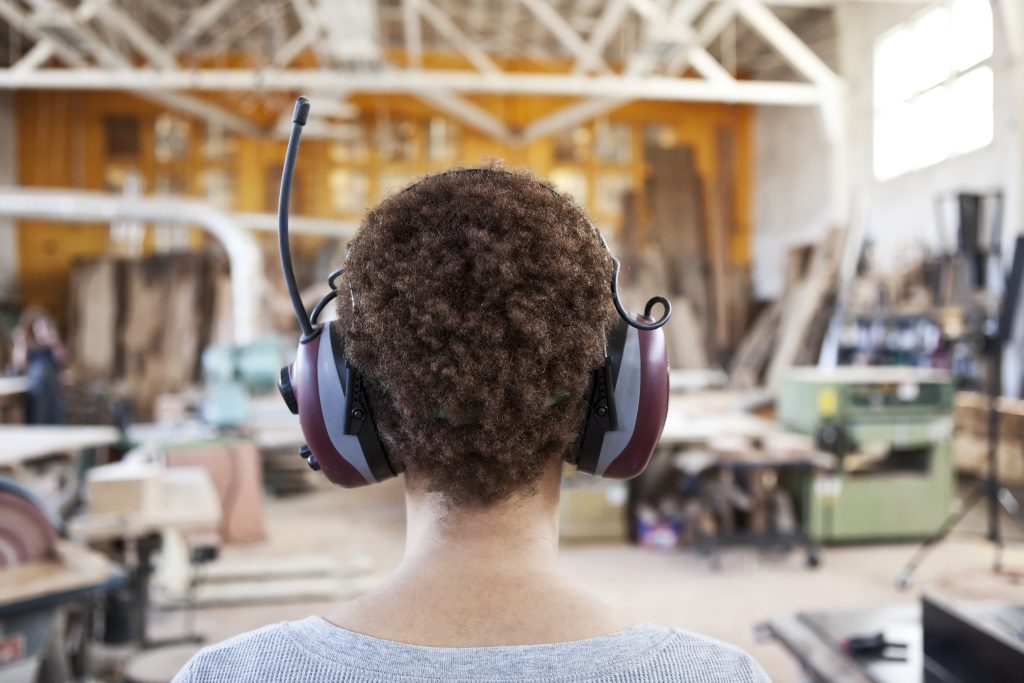
Enforcement Thresholds
OSHA’s rule at 29 CFR 1910.95 makes hearing conservation mandatory once a worker’s eight-hour average hits 85 dBA. That trigger forces employers to monitor noise, run audiometric tests, train staff, keep records, and provide hearing protection. Because it is enforceable, inspectors can cite firms and levy penalties for lapses, which is a key legal edge in the NIOSH vs. OSHA noise conversation. The same standard still allows up to 90 dBA for a full shift before mandatory controls, leaving some exposure legally higher than NIOSH would permit.
Hearing Conservation Approach
NIOSH, acting purely as a science agency, sets the recommended exposure limit at 85 dBA and even suggests beginning action at 80 dBA. It promotes the same program elements, including monitoring, annual audiograms, personal protective equipment, and training, even when OSHA’s legal threshold is not reached. In a practical scenario, safety leads weigh compliance against prevention while framing daily decisions as a NIOSH vs. OSHA noise trade-off.
How OSHA and NIOSH Define Hearing Loss
OSHA records a material hearing loss when the average shift tops 25 dB at 2, 3, and 4 kHz, but its older impairment models historically overlooked the early 4 kHz notch that signals damage. NIOSH includes 4 kHz explicitly, averaging 1, 2, 3, and 4 kHz to flag an eight-percent excess risk after a career at 85 dBA. That focus matters because speech consonants cluster around 4 kHz, and early loss undermines understanding long before broader audiometric shifts appear.
Final Takeaway: Difference between OSHA and NIOSH
Legally, employers must at least meet OSHA’s occupational noise rule: an 8-hour time-weighted average of 90 dBA, a hearing-conservation program at 85 dBA, and a 5-dB exchange rate, or face penalties. Yet, research shows this threshold leaves a notable risk of hearing loss, so NIOSH advises limiting exposure to 85 dBA over eight hours and tightening the exchange rate to 3 dB.
Because NIOSH guidance is advisory, following it signals an approach that can lessen future claims and safeguard employee health. In day-to-day practice, many employers frame the NIOSH vs. OSHA noise choice as a hierarchy—OSHA for the legal floor, NIOSH for the health-first ceiling—and design controls, training, and monitoring to the stricter benchmark. Want more information on OSHA’s noise rules and compliance tools? Our full analysis is here.
